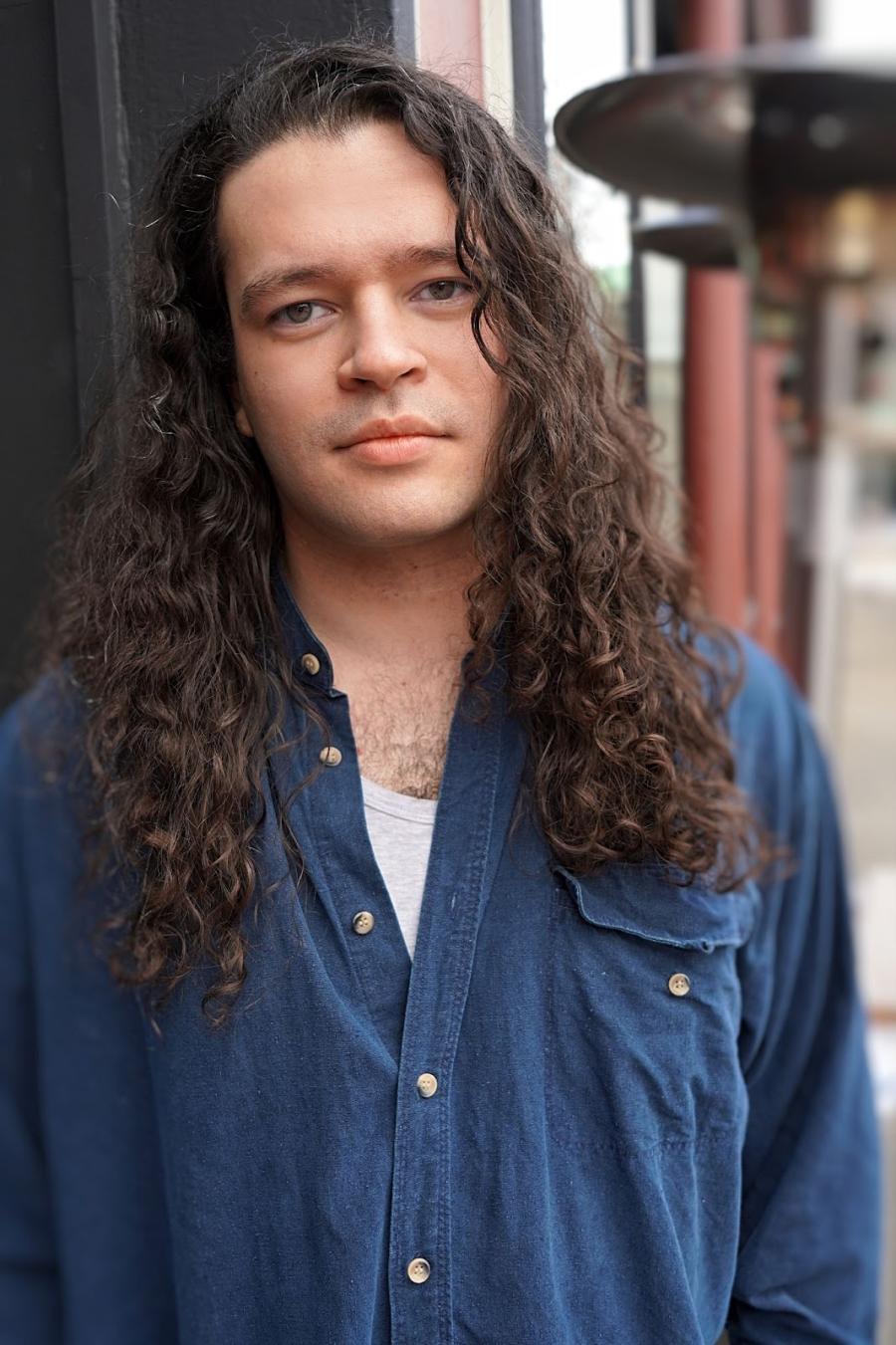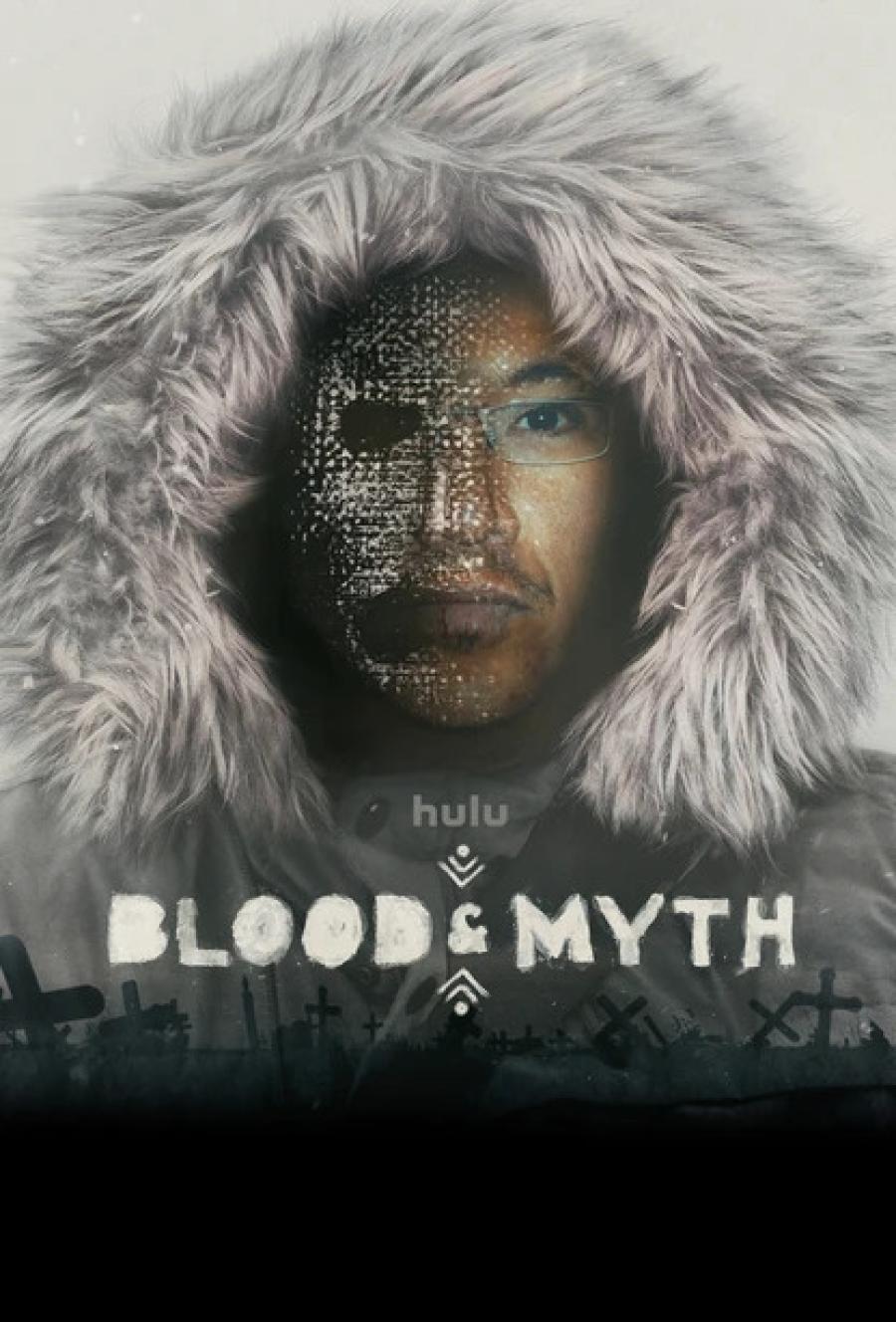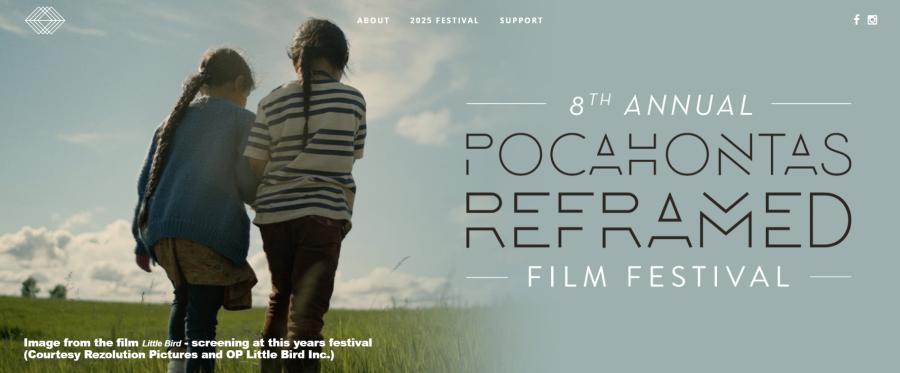
You’ve probably heard about Matika Wilbur by now (and if you haven’t, now is a good time to fix that!) Matika Wilbur’s story is that of a young woman with places to go and people to photograph – the 28-year-old Swinomish/Tulalip photographer from the Swinomish Reservation in Washington has started an ambitious project to photograph and collect oral histories from all 562 federally-recognized Indigenous tribes in the United States.
With stories on Upworthy, ICTMN, the New York Times, NBC News, Huffington Post, and more, Wilbur’s story has gone viral – and at last count she has more than quadrupled her crowd-sourced Kickstarter fundraising campaign, which covers project expenses such as photographic equipment, travel fees, and more. At the recent Indigenous New Media Symposium featuring Adrienne Keene, Jessica Metcalfe, Chase Iron Eyes, Jarrett Martineau, and Clayton Thomas-Muller, Wilbur’s project was mentioned several times as an example of effective reclaiming of Indigenous pride via modern communications and social media campaigns. Wilbur is quickly becoming an Indigenous rock star.
Why is this creating such a buzz? Why does everyone love Wilbur? Sure, her photographs are gorgeous – but what is it about this particular project that is so captivating?
Perhaps it’s because this project, as far as we know, has never before been undertaken by a Native American.
In 1906, photographer and ethnologist Edward S. Curtis was commissioned by J.P. Morgan to produce a 20 volume work of 1,500 photographs of the “North American Indian.” He ended up taking over 40,000 photographs of 80 tribes and recorded histories, ceremonies, languages, and biographies. His expressed goal was to document the traditional Native American lifestyle before it “disappeared” – to provide concrete evidence of a race of peoples that white settlers assumed would sooner or later go extinct. Because pretty pictures are just as good as the real thing, right?
Curtis’ photographs are indisputably beautiful. They are simplistic and rugged. But – did we mention that they are almost 110 years old and have been one of the dominant sources of Native American images since they were taken? I can barely stand to look at pictures of myself from middle school – how can we judge an entire ethnic group from grainy pictures taken over a century ago? And Curtis’ pictures, though beautiful in their own way, are seeped with colonialism. You can practically smell the manifest destiny wafting off. They are more or less game trophies.
(From top to bottom: Sioux Dakota woman, Piegan children, Cayuse man, all by Edward S. Curtis)
And that’s problematic because, well, Native Americans have not disappeared. Far from it. Yes, America’s Indigenous peoples have faced incredible discrimination, brutality, hardships, forced assimilation – but they are no doubt still here, still resilient. Additionally, it’s problematic because that brand of white ethnocentrism has, unfortunately, also not disappeared over the past century – case in point, Jimmy Nelson’s “Before They Pass Away” photography expedition. Again, we see a very talented white man creating beautiful images of peoples that he assumes will disappear before very long. Yes, these photographs are important in that they provide an entry point for the greater population to learn more about remote and isolated Indigenous peoples, but ultimately they sensationalize the Indigenous person past the point of humanity.
(From top to bottom: Chukchi man, Kalam men, Mursi man and children, all by Jimmy Nelson.)
Matika Wilbur’s photographs are something entirely different. Rather than preserving evidence of a culture that is assumed to have one foot in the grave, Wilbur’s photographs celebrate the thriving Indigenous spirit. They recognize a rich and challenging past, acknowledge a transitioning present, and predict a vibrant future. They are a celebration of something living, rather than a documentation of something lost.
A good photograph consists of so much more than a subject on a background. A good photograph can convey emotions, history, aspirations, problems, and contains impressions of both the subject and photographer. Regardless of the best intentions, a posed photograph of an Indigenous person taken by a foreigner will hold different nuances and meanings than one taken by someone who is a part of that culture. Matika Wilbur’s Project 562 is a crucial way for Native Americans to capture and reframe their own narratives, not at the creative or political agenda of colonialist photographer. We only hope to see more such projects take root in the coming years.
(From top to bottom: Native Hawaiian man, Pala woman, Digueno and Taos Pueblo woman, all by Matika Wilbur.)
You may be saying, wait a minute – not all Native American tribes are federally-recognized. We agree, that is one limitation of Wilbur’s project. We understand – a project of this kind is a huge logistical undertaking to begin with, and we think federally-recognized tribes are a great place to start, but should by no means be the end of the conversation. If you’re part of a non-federally recognized tribe, please share your stories and photographs with us, and we’ll help share them with the world.












